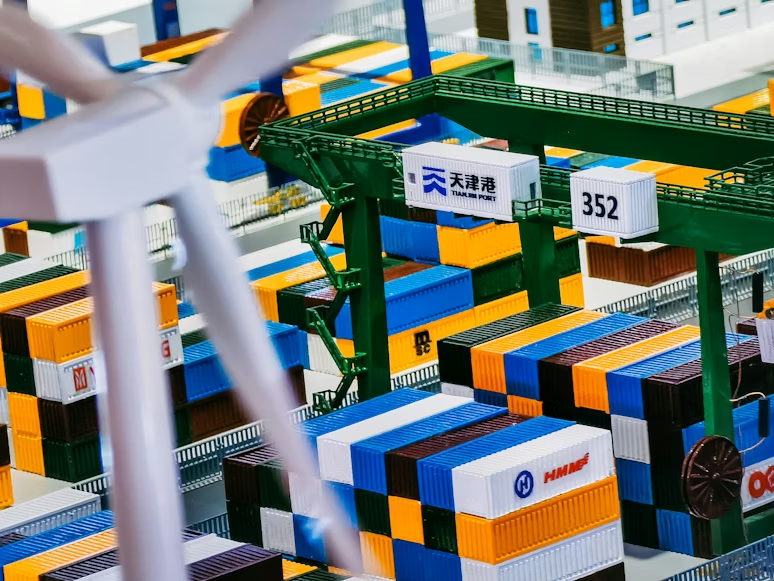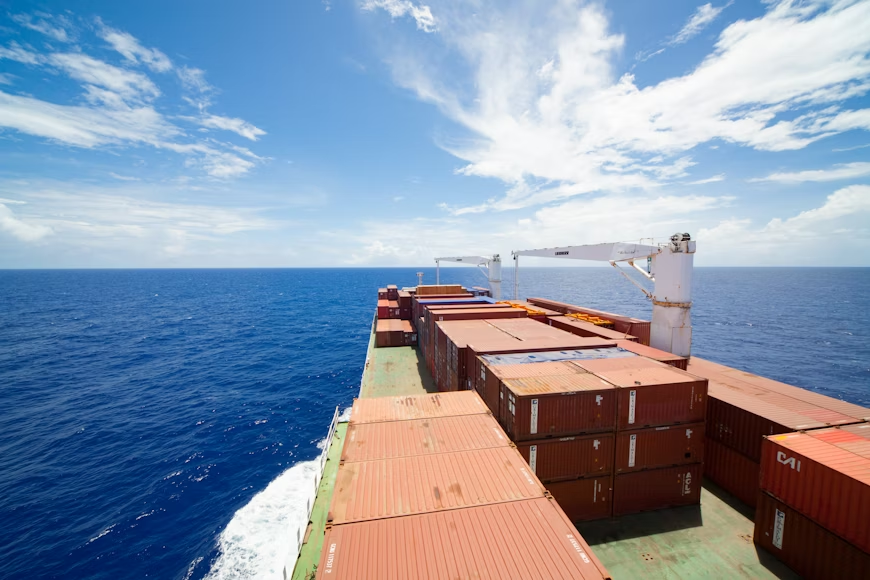Written by: Abdallah Hossam
The international trade landscape is undergoing notable shifts, driven by digital transformation, evolving policies, and global dynamics. Reports from leading trade organizations reveal critical trends and challenges that businesses must address to remain resilient and competitive in 2024.
Top Trends Shaping International Trade
- Strengthening Supply Chain Resilience
The World Trade Organization (WTO) notes that the COVID-19 pandemic has amplified the need for resilient supply chains. To reduce vulnerabilities, companies are diversifying suppliers and investing in advanced technologies like automation and artificial intelligence (AI) to enhance adaptability. These innovations enable real-time adjustments to logistics, helping companies navigate disruptions caused by natural disasters and geopolitical uncertainties. Additionally, the International Monetary Fund (IMF) reports that reshoring and nearshoring are gaining traction, resulting in shorter, more manageable supply chains focused on regional markets. - Expansion of Digital Trade
Digital trade continues to drive global commerce, with the United Nations Conference on Trade and Development (UNCTAD) forecasting e-commerce to surpass $5 trillion by 2025. Digitalization broadens access to international markets, especially for small and medium-sized enterprises (SMEs) in developing economies, enabling them to compete globally. By embracing digital platforms, businesses are enhancing inclusivity and expanding trade opportunities across borders. - Impact of New Trade Policies and Agreements
Trade agreements are actively shaping global commerce. The Regional Comprehensive Economic Partnership (RCEP), which includes 15 Asia-Pacific nations, is expected to reduce tariffs and increase market access, encouraging investment and innovation. The Organisation for Economic Co-operation and Development (OECD) also highlights a policy shift toward sustainability. Initiatives like the European Union’s Carbon Border Adjustment Mechanism (CBAM) aim to support environmentally responsible trade practices, aligning global trade with climate goals. - Rise in Sustainability and Green Trade Practices
Sustainability is becoming integral to trade strategies across various sectors. The World Economic Forum (WEF) highlights the growth of green trade initiatives, as eco-friendly practices become a competitive edge. Businesses and governments are investing in green technologies, including electric transportation, renewable energy, and circular economy models. These initiatives not only support a more sustainable trade environment but also respond to growing consumer demand for environmentally responsible products. - Addressing Challenges: Inflation and Geopolitical Tensions
Inflation and geopolitical tensions remain significant challenges in 2024. The World Bank points to inflationary pressures that increase trade costs and impact profitability, while geopolitical uncertainties in key regions create risks to global supply chains. Companies that invest in digital tools, embrace sustainability, and adapt to changing trade policies are better positioned to navigate these challenges and capitalize on evolving opportunities in international trade.
With these trends, businesses can make informed decisions, strengthen resilience, and lead in the evolving trade environment.
Contact Information:
Abdallah Hossam
Strategic Business Development Manager | Governmental Relationship | Public Policy Advisor
Email: Abdallahhossam36@gmail.com
Mobile: +2010 6 71 71 778
Stay updated with the latest in supply chain news at The Supply Chain Report. For free international trade tools, visit ADAMftd.com.
#GlobalTrade2024 #SupplyChainResilience #DigitalTradeGrowth #GreenTradeInitiatives #TradePolicyTrends

















